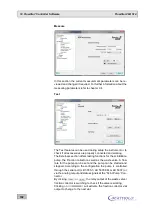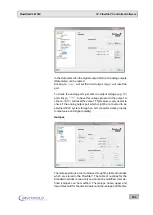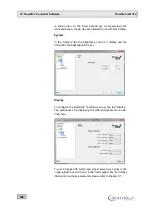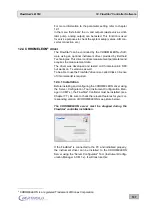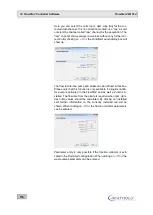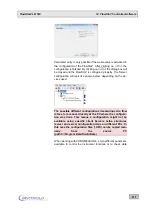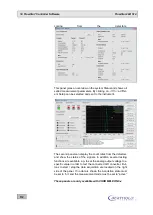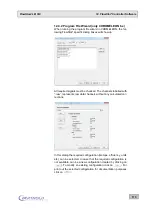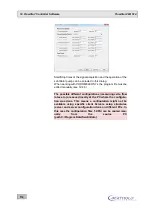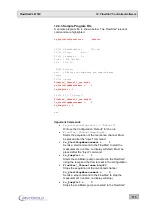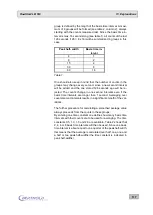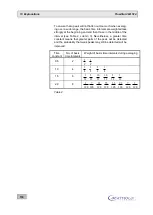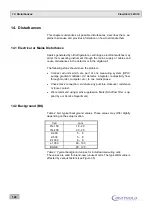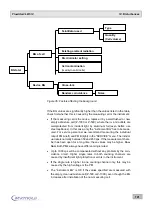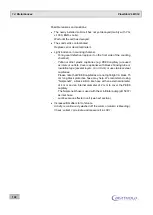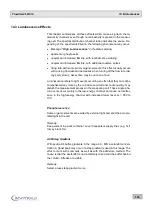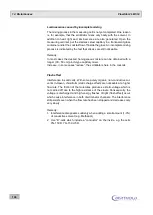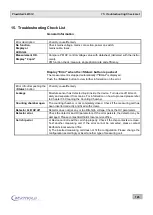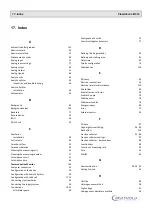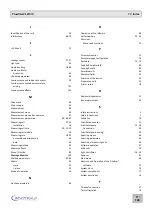
13. Explanations
FlowStar2 LB 514
116
13. Explanations
13.1 Peak Half-Width - Time Constant - Smoothing
An absolutely essential requirement for a good on-line peak de-
tection in the HPLC integrator is the best possible fit of the
ratemeter signal (analog output signal) to the expected peak
shape - especially the peak half-width. A good fit of the time con-
stant is the more important the closer the activities that are to be
detected come to the background level. With activities which are
significantly above the background a too small time constant is
usually irrelevant, while too great a time constant is always harm-
ful for an optimum reproduction of the peaks.
A Gaussian smooth is applied to the peaks, combining a good
peak detection and minor peak deformation (flattening and
broadening) when working with the optimum time constant.
The smoothing method is used for these reasons:
distinction between background variations and peaks
separate presentation of overlapping peaks
smooth of statistical variations in the peak curve.
The parameters
peak half-width
and
time constant
(see chap-
ter 9.3) ensure the optimum fit of the smooth to the peaks.
The peak half-width is used to fit the curve smooth to the ex-
pected peak width. When using a too high peak half-width, the
smoothing procedure will result in a flattening of the peaks,
smaller or overlapping peaks will not be detected. If this param-
eter is too small, random variations will falsely be identified as
peaks.
In praxis the expected peak width is known. It is caused by the
examined substances or the separation at the column, the cell
volume, the scintillator used and the flow rate (admixture
method).
The time constant specifies how many basis time intervals are
used for averaging and which weight is assigned to the individual
intervals.
Let us now turn to the technical realization in the FlowStar
2
LB
514:
After one second, the monitor stores the number of counts regis-
tered in the last second interval and keeps them stored for 128
seconds, so that the counts registered over the last 128 seconds
can be called up any time. From the value entered for the peak
half-width one derives the so-called basis time interval. The basis
time interval is always one quarter of the peak half-width (the ex-
act value is listed in Table 1).
First, the counts from the single intervals are summarized in
groups (= basis time interval). The number of single intervals per

